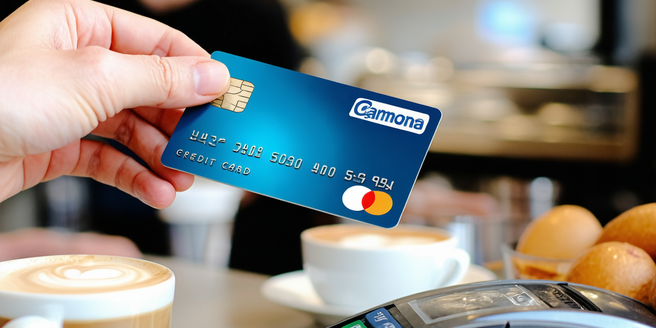
Understanding Common Credit Card Threats
Credit card threats are ever-evolving, requiring vigilance from both consumers and financial institutions. The most prevalent threats include data breaches, phishing scams, and card skimming. In a data breach, attackers can gain access to cardholder information stored by retailers or financial entities. Phishing scams trick individuals into revealing their credit card details through fake communication, often posing as trusted entities like banks. Moreover, cybercriminals are constantly developing new techniques to bypass security measures and access sensitive information. Card skimming involves the illegal collection of credit card data through devices attached to ATMs or point-of-sale terminals. To combat these threats, it is crucial for individuals to stay informed about the latest tactics employed by cybercriminals and adopt secure practices when sharing personal information online or in person.
Implementing Strong Password Practices
Strong password practices are fundamental in safeguarding your credit card information and online accounts. Begin by creating complex passwords that include a mix of letters, numbers, and symbols, avoiding easily guessable information such as birthdays or names. It’s advisable to use unique passwords for different accounts, making it difficult for cybercriminals to access multiple accounts with a single compromised password. Consider using a password manager to securely store and organize your passwords. Educating yourself on the latest cybersecurity trends can further enhance your online safety. Regularly updating your passwords, especially those for accounts linked to financial information, can also prevent unauthorized access. These practices not only protect your credit card but also bolster the overall security framework of your digital presence.
Monitoring Account Activity Regularly
Regular account monitoring is a proactive measure in detecting unusual transactions and preventing fraudulent activities. By reviewing your credit card statements frequently, you can quickly identify charges that seem out of place. Introducing a routine of checking your accounts daily can enhance your ability to catch discrepancies early. Most banks and credit institutions offer mobile apps that allow instant access to account information and transaction alerts, making monitoring more convenient. Set up alerts to notify you of transactions exceeding a specified amount or those occurring without the physical card present. If you identify any discrepancies, report them immediately to your card issuer to mitigate potential fraud. Consistent account vigilance allows you to respond swiftly to unauthorized activities, safeguarding your financial health.
Utilizing Two-Factor Authentication
Two-Factor Authentication (2FA) is an additional layer of security that requires not only a password and username but also something that the user has on them, i.e., a piece of information only they should know or have immediately at hand, such as a physical token. By enabling 2FA on accounts related to credit cards, you can significantly enhance protection against unauthorized access. This process involves sending a verification code to your mobile device or email address, which must be submitted during the login process. Thus, even if your password is compromised, potential intruders cannot access your account without this additional code. Enabling 2FA is a simple yet effective way to fortify your credit card security and overall online safety.
Educating Yourself on Scam Prevention
Educating yourself about scam prevention is vital in the fight against credit card fraud. Understanding how common scams operate can help you recognize suspicious activities before falling victim to them. Common fraudulent tactics include pretexting, where scammers fabricate a scenario to obtain your financial details, and fake offers that lure you into giving out sensitive information. Scammers are becoming increasingly sophisticated in their techniques, making vigilance more important than ever. Stay informed by keeping up with the latest scam alerts and learning from trusted resources. Always verify the legitimacy of unsolicited requests for personal details, and don’t hesitate to contact your card issuer directly when in doubt. Developing this awareness empowers you to make informed decisions and protect your financial information from fraudulent schemes.
